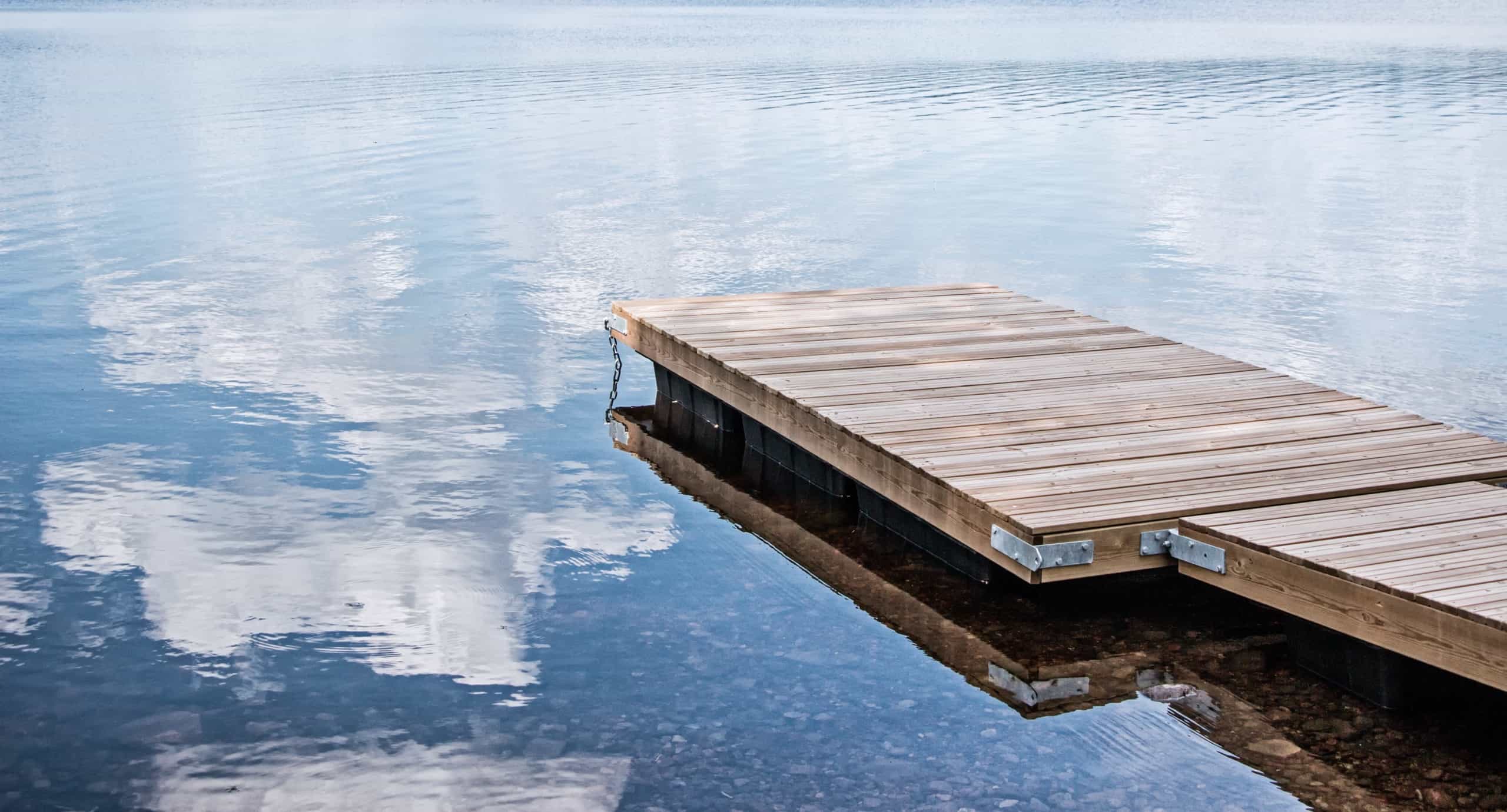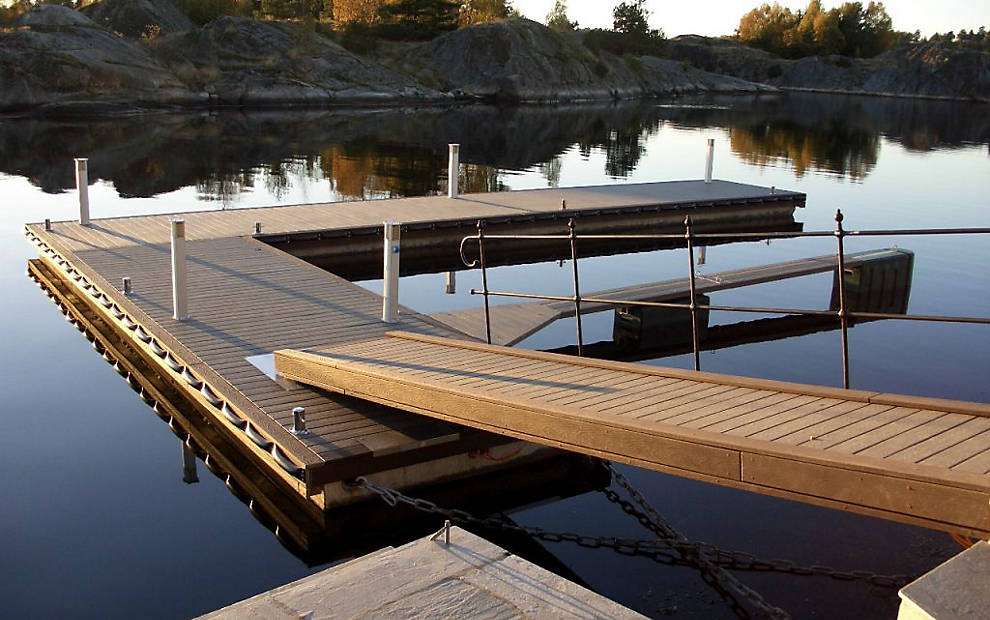Optimizing Your Outdoor Area with Specialized Floating Dock Services
Optimizing Your Outdoor Area with Specialized Floating Dock Services
Blog Article
Upgrade Your Waterfront With Durable Floating Docks
Updating your waterfront with long lasting floating docks can dramatically improve both functionality and looks, giving a versatile remedy for numerous water tasks. With a range of materials offered, including low-maintenance alternatives and typical timber, picking the appropriate dock can enhance your personal design and meet functional demands.
Benefits of Floating Docks
Floating docks offer a plethora of benefits that enhance their appeal for different maritime applications. Among the key benefits is their flexibility to transforming water degrees - floating dock company. Unlike standard set docks, floating docks fluctuate with the tide, ensuring constant availability for watercrafts and watercraft no matter of ecological problems. This function considerably reduces the risk of damages to vessels, as they stay safely anchored also throughout fluctuations in water depth.
Furthermore, floating docks are much easier to relocate and install, providing versatility for temporary or seasonal use. Their modular layout enables customization to fit particular needs, whether for private marinas, domestic watersides, or commercial applications.
In addition, floating docks develop very little disturbance to the water setting, preserving local environments and lowering the chance of erosion. They also supply enhanced security and security for customers, as their resilient nature uses an extra forgiving surface than stiff structures.
In addition, floating docks can assist in a varied series of activities, such as angling, swimming, and entertainment boating, making them a beneficial asset for waterfront development. Their adaptability and practicality make floating docks a recommended option for a variety of maritime projects.
Picking the Right Products
Picking suitable materials for floating docks is crucial to their longevity, performance, and general effectiveness. When picking products, consider factors such as environmental exposure, maintenance demands, and architectural integrity. Typical materials include timber, plastic, aluminum, and composite alternatives, each offering distinctive benefits and disadvantages.
Timber, while aesthetically pleasing, calls for routine upkeep to stop rot and decay. Pressure-treated timber can improve toughness, yet it might still catch water damages in time. Plastic floats, usually made from high-density polyethylene, are immune to deterioration and call for minimal maintenance, making them an eye-catching option for low-maintenance applications.
Aluminum is an additional viable option, recognized for its strength and lightweight properties. It is resistant to rust and can withstand severe weather condition conditions, although it may be a lot more costly than various other materials. Composite materials combine the finest characteristics of timber and plastic, supplying a resilient and low-maintenance option that imitates the look of wood without the linked drawbacks.
Ultimately, the option of material must line up with the meant usage, ecological factors to consider, and budget plan restrictions, making certain a useful and sturdy floating dock that satisfies your details needs.
Setup Process Review
The effective installment of a floating dock depends on careful preparation and implementation, making sure that it runs effectively in its intended environment. The initial step involves examining website conditions, including water depth, coastline features, and prevailing weather condition patterns, which will inform the dock style and anchoring system.
Adhering to the site evaluation, the next phase is to prepare the floating dock elements. This includes setting up the framework, securing floats, and Related Site connecting any kind of needed hardware. It is essential to make certain that all connections are water-resistant and durable to stand up to marine problems.
As soon as the dock is put together, the installation process commences with placing the dock in the water. This can entail a crane or various other training devices, specifically for larger frameworks. Appropriate placement is vital for capability and safety and security.

Upkeep Tips for Durability
Normal maintenance is essential for ensuring the longevity and ideal performance of a floating dock. To accomplish this, start with routine examinations at the very least twice a year, concentrating on the integrity of the dock's structure, consisting of the flotation gadgets and connecting equipment. Try to find signs of damages, wear, or corrosion, and resolve any type of concerns promptly to stop further deterioration.
Cleaning up is another crucial facet of upkeep. Get rid of debris, algae, and barnacles from the dock's surface to avoid unsafe problems and keep aesthetic charm. Utilize a moderate detergent and a soft brush to prevent harming the dock's materials.
Additionally, ensure that the dock is properly anchored and safeguarded to stand up to seasonal changes in water levels and weather. Inspect the anchoring system for security and make adjustments as required.
Enhancing Your Outdoor Aesthetic
To develop a visually attractive outdoor space, including a floating dock can considerably improve the general aesthetic of your waterfront residential property. Floating docks are not Website just functional however can also offer as a striking centerpiece that complements the all-natural environments - dock company. Available in different materials and styles, these docks can be tailored to match your residential property's architectural style and landscape
The enhancement of ornamental components, such as incorporated lighting or stylish railings, additionally elevates the dock's visual allure. Consider utilizing all-natural wood coatings, which blend seamlessly with the atmosphere, or selecting modern products like aluminum or composite decking that use a smooth, contemporary look.
Tactically putting planters or seating areas on or around the dock can create welcoming rooms that motivate leisure and satisfaction of waterside sights. Furthermore, including colors and appearances that harmonize with your landscape will certainly develop a cohesive aesthetic throughout your outside location.

Verdict

Updating your beachfront with resilient floating find out this here docks can considerably improve both functionality and appearances, supplying a functional service for different water activities. Unlike typical set docks, floating docks surge and autumn with the tide, making certain constant accessibility for watercrafts and watercraft no matter of environmental problems.Choosing ideal materials for floating docks is important to their longevity, performance, and general effectiveness.Once the dock is constructed, the installment process commences with positioning the dock in the water.In summary, floating docks deal numerous advantages, including adaptability to water level adjustments and a range of material choices.
Report this page